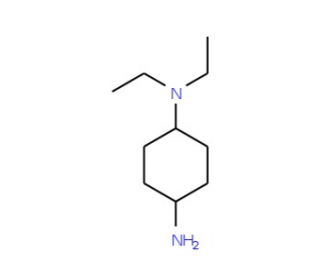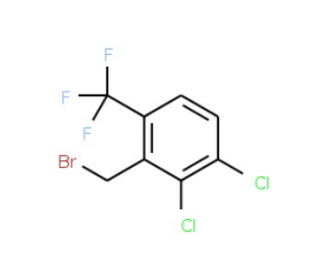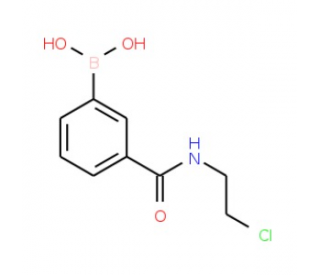详细说明
Purity
>95%, by SDS-PAGE under reducing conditions and visualized by Colloidal Coomassie® Blue stain
Activity
Recombinant Plasmodium Ubiquitin can be conjugated to substrate proteins via the subsequent actions of a Ubiquitin-activating (E1) enzyme, a Ubiquitin-conjugating (E2) enzyme, and a Ubiquitin ligase (E3). Reaction conditions will need to be optimized for each specific application. We recommend an initial Recombinant Plasmodium Ubiquitin concentration of 0.5-1 mM.
Source
E. coli-derived
Accession #
Predicted Molecular Mass
8.6 kDa
U-100Pf |
| |
Formulation Lyophilized from a solution in deionized water. | ||
Reconstitution Reconstitute at 10 mg/ml in aqueous buffer. | ||
Shipping The product is shipped at ambient temperature. Upon receipt, store it immediately at the temperature recommended below. | ||
Stability & Storage: Use a manual defrost freezer and avoid repeated freeze-thaw cycles.
|
Background: Ubiquitin
Ubiquitin is a 76 amino acid (aa) protein that is ubiquitously expressed in all eukaryotic organisms. Ubiquitin is highly conserved with 96% aa sequence identity shared between human and yeast Ubiquitin, and 100% aa sequence identity shared between human and mouse Ubiquitin (1). In mammals, four Ubiquitin genes encode for two Ubiquitin-ribosomal fusion proteins and two poly-Ubiquitin proteins. Cleavage of the Ubiquitin precursors by deubiquitinating enzymes gives rise to identical Ubiquitin monomers each with a predicted molecular weight of 8.6 kDa. Conjugation of Ubiquitin to target proteins involves the formation of an isopeptide bond between the C-terminal glycine residue of Ubiquitin and a lysine residue in the target protein. This process of conjugation, referred to as ubiquitination or ubiquitylation, is a multi-step process that requires three enzymes: a Ubiquitin-activating (E1) enzyme, a Ubiquitin-conjugating (E2) enzyme, and a Ubiquitin ligase (E3). Ubiquitination is classically recognized as a mechanism to target proteins for degradation and as a result, Ubiquitin was originally named ATP-dependent Proteolysis Factor 1 (APF-1) (2,3). In addition to protein degradation, ubiquitination has been shown to mediate a variety of biological processes such as signal transduction, endocytosis, and post-endocytic sorting (4-7).
Highly purified Ubiquitin free of glycine and buffer salts which can interfere with chemical and in vitro reactions. This protein sequence is for protozoan parasite P.falciparum (NP_701482) which causes malaria. Considering its conserved role among eukaryotes, this system is expected to regulate key molecular events driving the parasite life cycle, including parasite discrete apicomplexan mechanisms such as host cell invasion and apicoplast formation.
References:
Sharp, P.M. & W.-H. Li. (1987) Trends Ecol. Evol. 2:328.
Ciechanover, A. et al. (1980 ) Proc. Natl. Acad. Sci. USA 77:1365.
Hershko, A. et al. (1980) Proc. Natl. Acad. Sci. USA 77:1783.
Greene, W. et al. (2012) PLoS Pathog. 8:e1002703.
Tong, X. et al. (2012) J. Biol. Chem. 287:25280.
Wei, W. et al. (2004) Nature 428:194.
Wertz, I.E. et al. (2004) Nature 430:694.
Entrez Gene IDs:
7314 (Human); 298693 (Rat)
Alternate Names:
RPS27A; UBA52; UBB ubiquitin B; UBB; UBC; Ubiquitin










 粤公网安备44196802000105号
粤公网安备44196802000105号